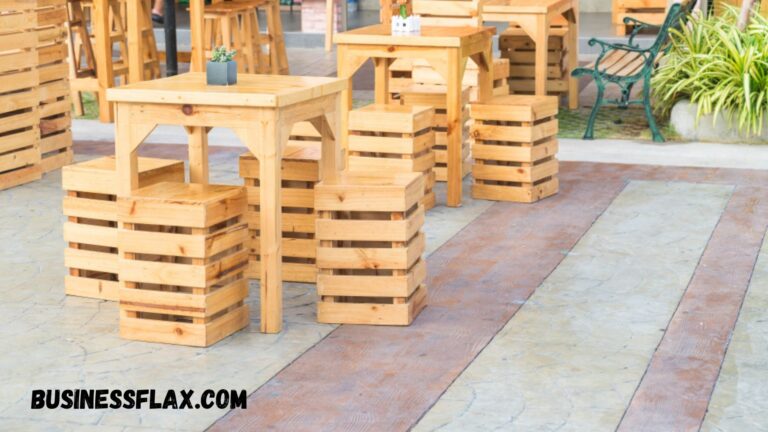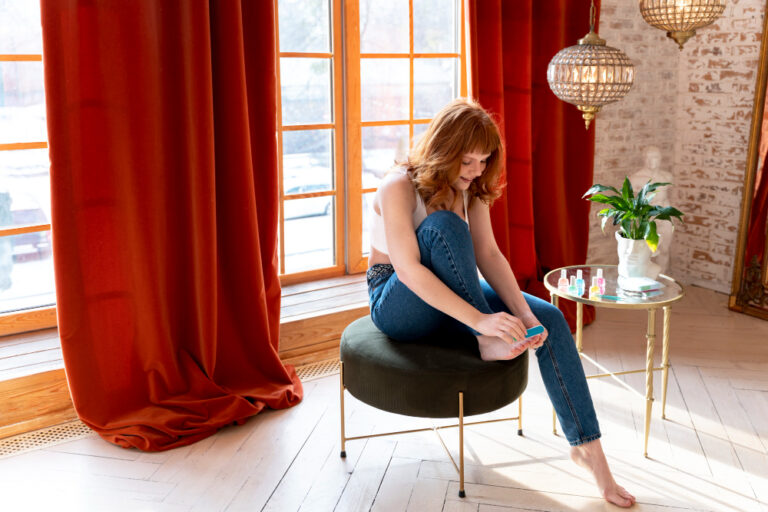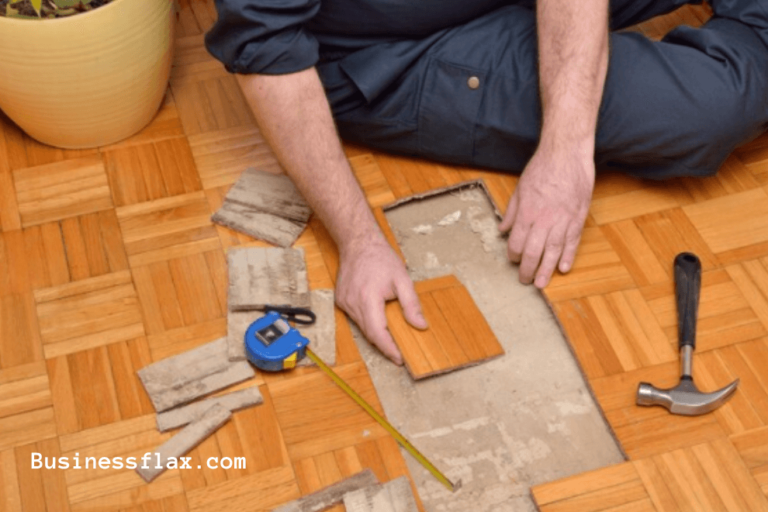How Do You Lay Artificial Grass on Concrete?
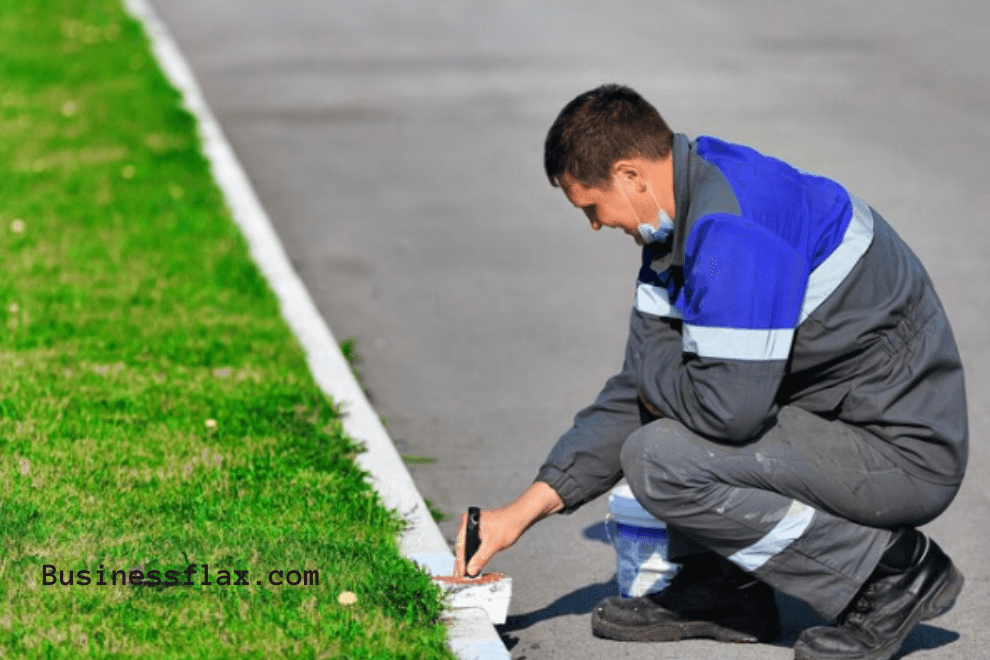
Artificial grass is a great way to soften an existing concrete surface. It can be laid on concrete slabs and paving and can be designed to be any shape or size.
Before laying your artificial grass, make sure the concrete or paving is in good condition. This means sweeping it clean and repairing any cracks larger than a 1/2″, as well as filling in low spots or craters.
Underlayment
The first step in the process of laying artificial grass on concrete involves installing a foam underlay. This is used to soften the surface and make it feel more like a natural lawn underfoot. It also helps hide minor elevation changes and makes the surface fall-rated, which is required for most playgrounds and daycares.
Before starting the installation process, it’s essential that you thoroughly clean the existing concrete or paving with a broom and hose pipe. This is also an ideal opportunity to check the drainage and make any necessary adjustments. If the surface doesn’t drain well, it’s a good idea to drill drainage holes with a 16mm drill bit and fill them with shingle.

It’s also a good idea to fill any major cracks in the concrete and repair any craters or holes. This will prevent the artificial grass from lying flat and sagging once it’s been laid. Once the underlay has been secured, it’s time to glue down the synthetic grass.
Adhesive
Once the concrete base is ready, the adhesive will be applied. This is usually a synthetic turf glue such as XGS, which is eco-friendly and moisture-cured to ensure a strong bond with the surface.
Once this is applied, it’s time to start laying out your artificial grass. You’ll need to measure your space accurately and make sure that you purchase enough turf to cover the area plus a bit of extra to allow for trimming.
Once you’ve unrolled the artificial grass, it is important to smooth out creases as well as trim any edges that are uneven or don’t meet up properly. You can use a utility knife to do this as long as you use a sharp blade and avoid fraying the edge of the turf. At this point, you should also add a layer of silica or anti-microbial infill. This helps weigh the artificial turf down, prevent ripples, moderate temperature, and reinforce the grass fibers.
Grass
Artificial grass is an easy way to transform a dull concrete patio into a lush green space perfect for lounging and entertaining. It requires minimal maintenance and looks great all year round.
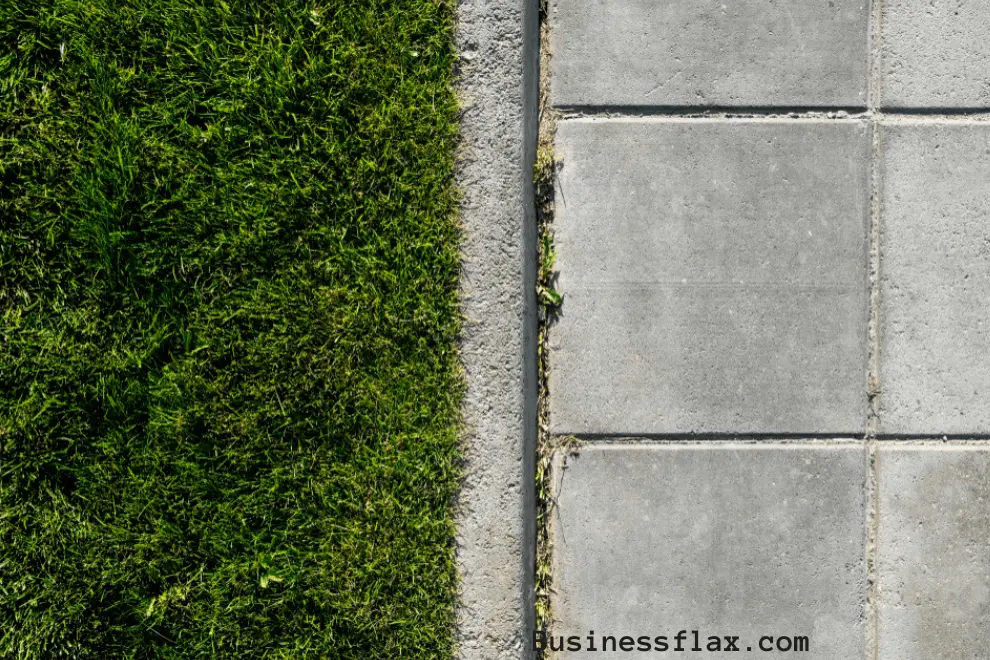
Preparing the surface of your concrete deck or slabbed area is essential for a successful artificial grass installation. First, sweep up any debris or dirt and weeds that may be present. It’s also important to evaluate how well the concrete drains by hosing it down. If water pools in any area, this indicates that the concrete is not draining properly and can lead to problems like mold and mildew.
Once the concrete is clean, apply the artificial grass foam underlayment. It will come either in a roll or mat form and should be laid so that the entire area to be covered is fully bonded. Then, spread the glue on the whole area, making sure that there is generous coverage around the edges.
Visit: Write for Us Home Improvement
Infill
Drainage is vital to any turf installation, and concrete surfaces are no different. If the area drains poorly, water will collect and pool, causing mold, moss, and mildew, as well as bacteria, to form. To prevent this, it’s a good idea to test the drainage capabilities of the area before installing artificial grass, as this will help you get it right the first time.
To do this, place a square of paper on the surface and walk on it for a few minutes. If the paper stays flat, then it’s safe to install the fake grass. If the paper creases, then you need to make adjustments with sand and compounds, as this will affect how the grass looks when it’s laid. Next, fold back the underlay and apply a generous layer of glue around the perimeter. Once the glue has dried, it’s time to roll out the turf. Allow 5cm extra on each edge as you do so.
Read More: Dye on Wood

